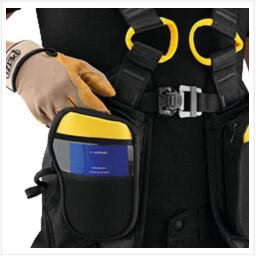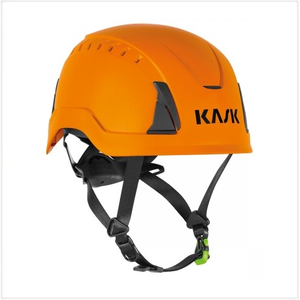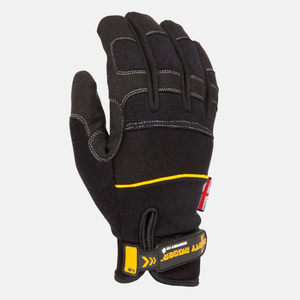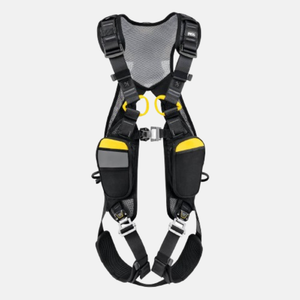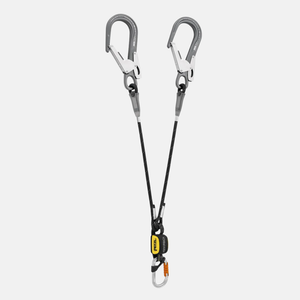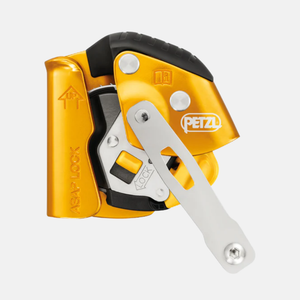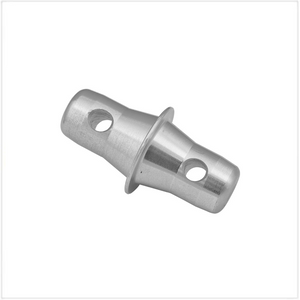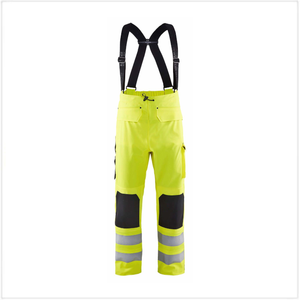Fall Protection
3 Different types of fall protection systems
• Fall Arrest System: In a personal fall arrest system, a full-body harness is used to arrest a user in a fall from a working surface, in conjunction with an anchorage and a shock-absorbing lanyard, before hitting the ground. This body device secures a user in a manner to distribute the fall arrest forces over the body parts. For a 100kg user, the max. arrest force is 6 kN according to European standardisation [max. 8 kN according to American one].
• Fall Restraint System: In a fall restraint system, workers are restrained from reaching a fall hazard. A harness is connected with a fall restraint lanyard, preventing the worker from reaching the leading edge.
• Work Positioning System: In a work-positioning system, a positioning lanyard connects the side D-rings of a harness to an anchor to secure a user in place while performing delicate tasks with two hands. It is commonly used in tying rebar, installing a cellular antenna high on a steel pole. A back-up fall arrest system is required.
What is the difference between fall restraint and fall arrest?
In a fall arrest situation, the fall has occurred already. A fall arrest system is used to stop a user from further falling and reaching the ground to reduce the impact on the body. The fall arrest lanyard with energy absorption capability connects a full-body harness to an anchorage. This system is usually applied when people are working near a fragile surface, narrow ledge or unusual building or roof shape and are using lanyards or a rope. While it provides free movements, there is a good chance of falling off or into the building.
A fall restraint system, however, is intended to prevent a fall from happening. In this case, a fixed-length lanyard and a body harness or body belt are used. The fall restraint lanyard without energy absorption is to prevent a person from reaching the leading edge. A fall restraint system should be the choice when the free fall distance is limited like low building height, vehicles, racking or machinery in or around the building reducing the available height to have the fall arrested safely. Fall restraint becomes the most preferred fall protection method to protect workers from reaching a fall hazard.
When is fall protection required?
OSHA requires that fall protection be provided at elevations of 4' in general industry workplaces, 5' in shipyards, 6' in the construction industry and 8' in longshoring operations.

